Is Graphite a Mineral?
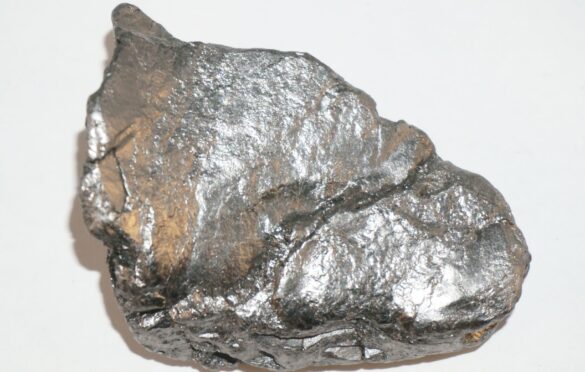
Introduction
Graphite is a captivating substance that has intrigued scientists and industry experts for centuries. It is often referred to as a “wonder material” due to its unique properties and diverse applications. But what exactly is graphite, and is it considered a mineral? In this comprehensive article, we will delve into the fascinating world of graphite, exploring its origins, properties, uses, and whether it qualifies as a mineral. Let’s embark on this journey of discovery and unlock the secrets of graphite.
What is Graphite?
Graphite is a naturally occurring form of carbon, a chemical element that is fundamental to life as we know it. Carbon exists in various forms, including diamond, amorphous carbon, and graphite. What sets graphite apart is its distinct crystal structure, which consists of layers of carbon atoms arranged in a hexagonal lattice. This arrangement creates a unique set of properties that make graphite stand out from other materials.
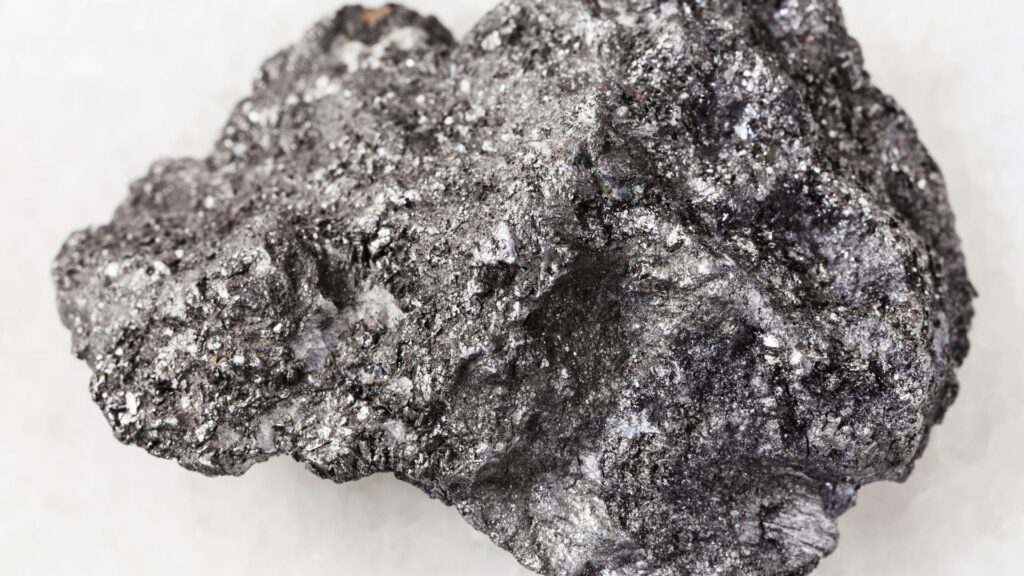
The Formation of Graphite
To understand whether graphite is a mineral, we must explore its formation process. Graphite typically originates deep within the Earth’s crust, where intense heat and pressure transform carbon-rich organic material over millions of years. Organic matter, such as dead plants and animals, undergoes a process called metamorphism, converting it into graphite. This geological transformation occurs under specific conditions, making graphite a relatively rare substance to find in nature.
Graphite’s Properties
Graphite exhibits a remarkable combination of properties that contribute to its versatility and desirability. Here are some key properties of graphite:
Lubricity: Graphite has a low coefficient of friction, making it an excellent lubricant. Its ability to reduce friction and wear makes it essential in numerous industrial applications.
Conductivity: Graphite is an excellent conductor of electricity due to the arrangement of its carbon atoms. This property is harnessed in various electronic devices and batteries.
Thermal Stability: Graphite can withstand high temperatures without undergoing significant chemical changes, making it ideal for high-temperature applications.
Softness and Flexibility: The layers of carbon atoms in graphite are held together by weak forces, allowing them to easily slide over one another. This soft and flexible nature is essential in pencil lead, where graphite leaves marks on paper.

Is Graphite a Mineral?
Now that we have explored the fundamentals of graphite let’s address the question, is graphite a mineral? According to the widely accepted definition provided by the International Mineralogical Association (IMA), a mineral must meet specific criteria:
Naturally Occurring: Minerals are formed naturally without human intervention. As mentioned earlier, graphite originates through geological processes without human involvement, satisfying this criterion.
Inorganic: Minerals are composed of inorganic substances. While graphite is primarily composed of carbon, which is an organic element, the transformation of organic matter into graphite involves the loss of volatile components, leaving behind a predominantly inorganic material. As a result, graphite is considered inorganic in nature, fulfilling this criterion.
Solid and Definite Chemical Composition: Minerals have a specific chemical composition that can be expressed as a chemical formula. Graphite’s chemical formula is simply C, representing its sole constituent, carbon. Thus, it meets this criterion as well.
Ordered Atomic Arrangement: Minerals possess an ordered atomic structure. Graphite’s hexagonal lattice arrangement of carbon atoms satisfies this criterion, confirming its status as a mineral.
Based on the IMA’s criteria, graphite unequivocally qualifies as a mineral.
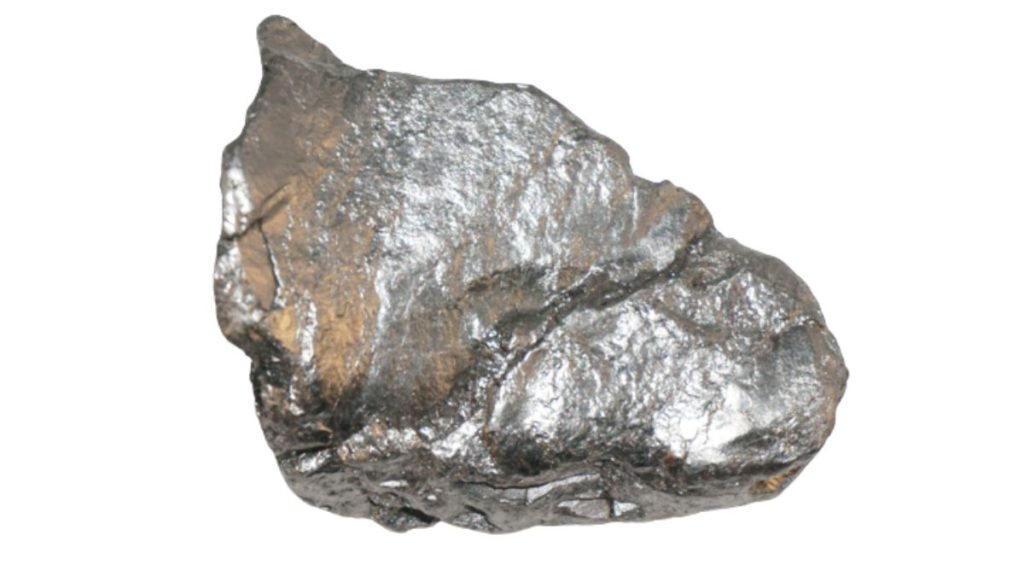
The Versatility of Graphite
Graphite’s unique properties make it an incredibly versatile material with a wide range of applications across various industries:
Industrial Uses
Lubricants: Graphite’s lubricity makes it a preferred solid lubricant in machinery, reducing friction and extending equipment lifespan.
Refractories: Due to its thermal stability, graphite is used in refractory applications, such as furnace linings, where it can withstand extreme temperatures.
Foundry Crucibles: Graphite crucibles are used to hold and melt metals during casting processes, thanks to graphite’s high melting point and resistance to chemical attack.
Electrical Applications
Batteries: Graphite serves as an essential component in lithium-ion batteries, where it acts as the anode, enabling the storage and release of electrical energy.
Electrodes: Graphite electrodes are used in electric arc furnaces for steel production, where they conduct electricity and generate the intense heat necessary for smelting.
Electronics and Technology
Pencil Lead: The soft and flexible nature of graphite makes it an ideal material for pencil lead, allowing for smooth writing or drawing.
Semiconductors: In the form of graphene, a single layer of graphite, this material is being investigated for potential use in advanced electronics due to its exceptional electrical conductivity.
Nuclear Applications
Moderator in Nuclear Reactors: Graphite has been historically used as a moderator in certain types of nuclear reactors, slowing down neutrons to sustain the nuclear chain reaction.
Composite Materials
Reinforcements: Graphite fibers are integrated into composite materials to enhance their strength and stiffness, commonly used in aerospace and sports equipment.
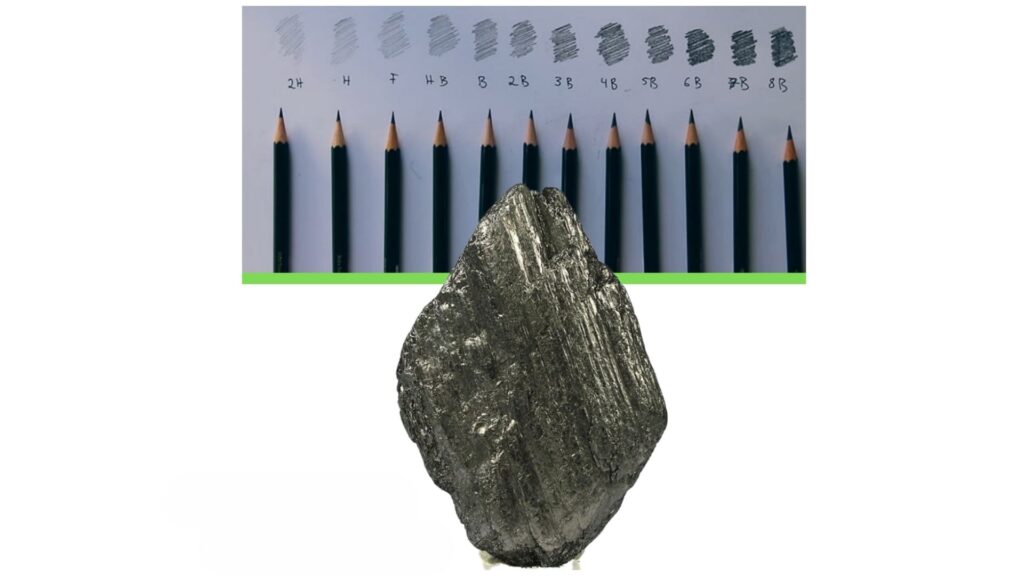
Frequently Asked Questions (FAQ)
Is graphite the same as lead in a pencil?
No, despite popular belief, pencils do not contain lead. The “lead” in a pencil is actually a mixture of graphite and clay. The soft and flexible nature of graphite leaves marks on paper as it is applied.
Is graphite hazardous to health?
Graphite itself is generally considered non-toxic and harmless. However, prolonged exposure to fine graphite dust can irritate the respiratory system. Industrial workers handling graphite should follow safety guidelines to minimize exposure.
What is graphene, and how is it related to graphite?
Graphene is a single layer of graphite arranged in a two-dimensional honeycomb lattice. It is one of the thinnest, strongest, and most conductive materials known. Graphene’s discovery has sparked immense interest in scientific research and potential technological advancements.
Can graphite be used as a substitute for diamonds?
While graphite and diamonds are both forms of carbon, their properties are vastly different. Graphite is soft and used as a lubricant, whereas diamonds are extremely hard and used in jewelry and industrial cutting tools. They cannot be directly substituted for one another due to their distinct characteristics.
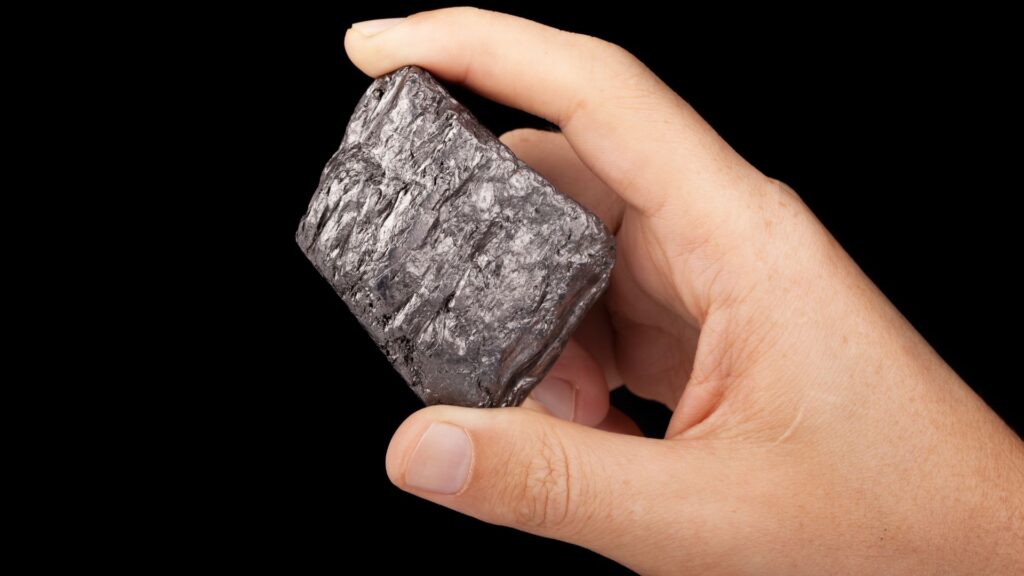
Conclusion
In conclusion, graphite is a fascinating mineral that possesses a unique combination of properties, making it invaluable across various industries. Its natural occurrence, inorganic composition, ordered atomic structure, and definite chemical composition fulfill the criteria set forth by the International Mineralogical Association, qualifying graphite as a mineral. From lubricants to electronics and nuclear applications, graphite’s versatility and exceptional characteristics continue to shape the modern world. As we continue to explore and innovate, the wonder material that is graphite will undoubtedly play an essential role in shaping our future.
Remember, next time you use a pencil or charge your phone, you are interacting with the amazing world of graphite—a mineral with the power to change the way we live and work. Embrace its marvels and appreciate the small yet profound contributions it makes to our daily lives.
